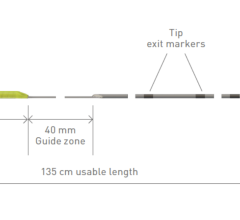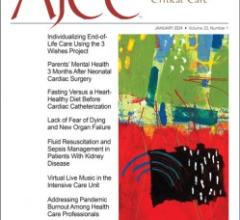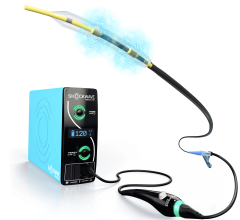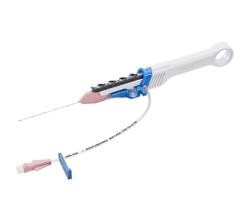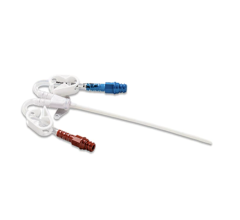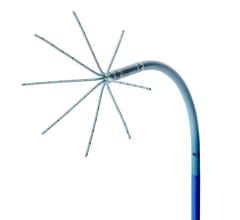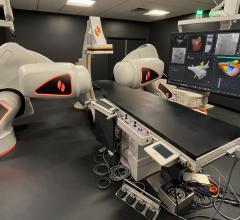September 30, 2009 - A new study published in the Society for Vascular Surgery's October 2009 issue of the Journal of Vascular Surgery reports that the elderly have better operative outcomes when endovascular repair, rather than open surgery, is used to treat an abdominal aortic aneurysm (AAA).
Researchers from the University of Wisconsin in Madison and University of Chicago examined data from the Nationwide Inpatient Sample to focus on patients between the ages of 50 and 85 and older who had had endovascular repair (EVAR) or open repair (OAR) to treat AAAs. They found that those between 50 to 64 years of age had an in-hospital operative mortality of 1.2 percent for OAR and 0.3 percent for EVAR.
In comparison, in-patient mortality rates for older patients (75 to 85 years of age) were 9.5 percent for OAR and 3.2 for EVAR. Furthermore, patients older than 85 years who had EVAR were significantly more likely to be discharged to their home (85.6 percent) than those who had OAR (50.2 percent).
According to co-author Margaret L. Schwarze, MD, vascular surgeon and assistant professor at the University of Wisconsin School of Medicine and Public Health in Madison, this study documents that EVAR is now the predominant choice for repair of AAAs in the United States and provides significantly greater benefit for older patients (ages 75 to 85) than for younger patients (ages 50 to 64) who undergo AAA repair.
"The number of AAA repairs for patients age 85 and older has jumped by 69 percent, driven almost entirely by the increasing use of EVAR," said Dr. Schwarze. "The technology has been rapidly adopted for older patients, who previously may not have had surgical intervention for asymptomatic AAA. However, further investigation is necessary to examine whether this trend improves the long-term survival and quality of life for this elderly population."
The researchers said their study demonstrates the evolution of aneurysm management from predominantly open repair in 2001 to majority endovascular repair, which accounted for 72 percent of elective repairs for all ages in 2006. Between 2001 and 2006, the national estimated number of elective AAAs treated with EVAR increased from 11,171 to 21,725, while those elective AAAs treated with OAR declined from 17,784 to 8,451.
Dr. Schwarze explained that published research about age-specific outcomes for AAA repairs was sparse and the research team chose to embark on the current study to extend our understanding of the treatment and surgical outcomes for older patients. She added that the study results were limited by the lack of follow-up of patients after hospital discharge. "However, the study does offer important insights into the benefits of endovascular repair for America's rapidly aging population and raises the question as to whether treatment of AAA in the 'oldest-old' patients provides sufficient advantage for this group," added Dr. Schwarze.
This paper was sponsored in part by a grant from the American Federation of Aging Research.
For more information: www.jvascsurg.org


 July 28, 2025
July 28, 2025 

